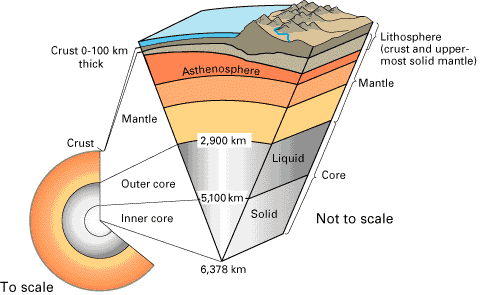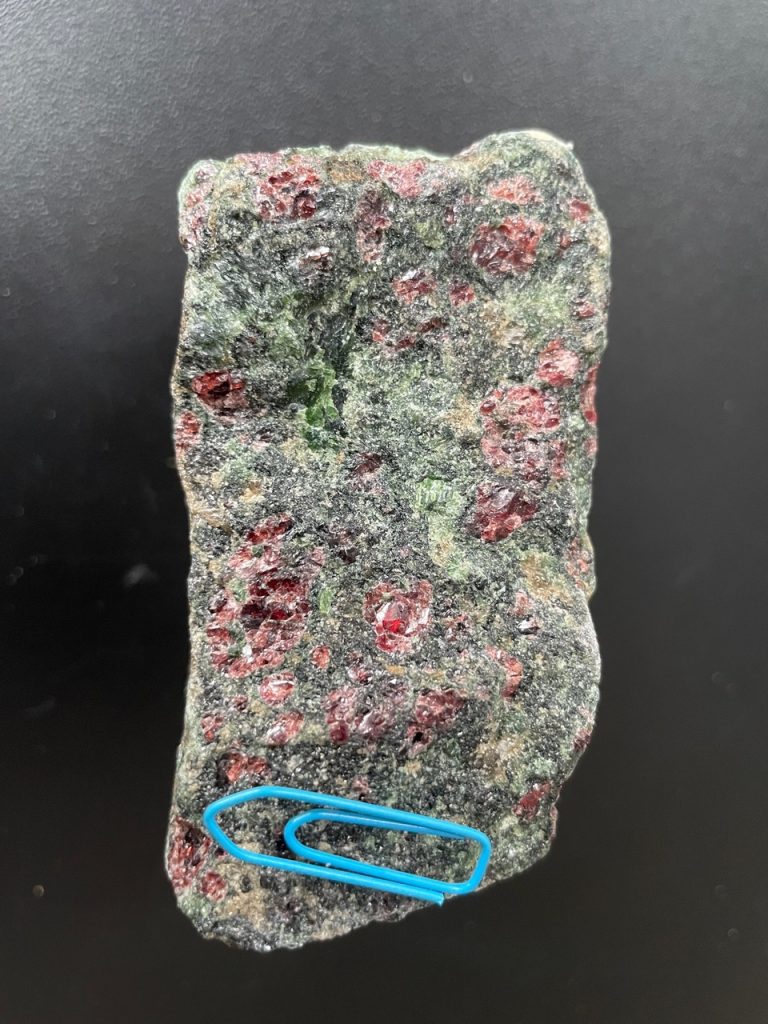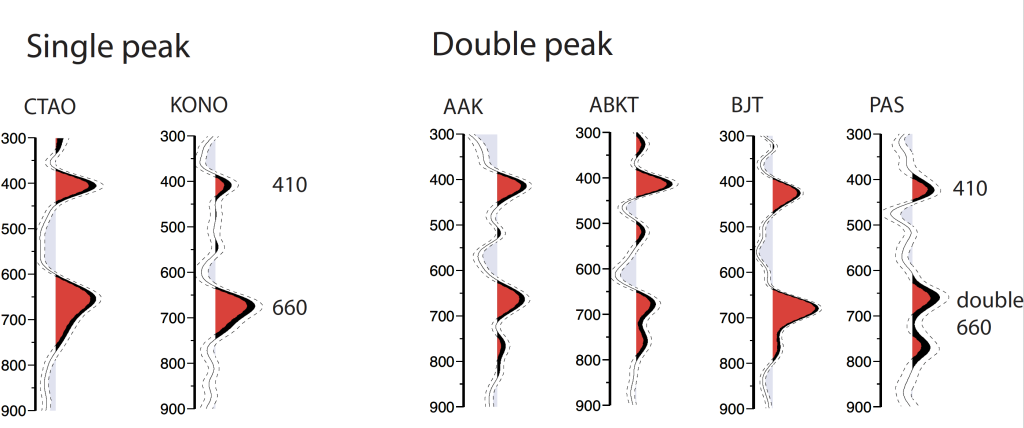The mountain jersey in the Tour de France is white with red dots. It should actually be green with red dots. Let us explain why.
The fifth stage today takes us deep into the Pyrenees mountains. It contains two steep climbs at the Col de Soudet and the Col de Marie Blanque. These climbs will push the riders in this year’s first real battle for the mountain jersey. However, from a geological point of view, today’s smaller third category climb at the Col d’Ichère is much more exciting. It passes the Saraille and Tos de la Coustette lherzolite rocks. These rocks give us a rare glimpse of what the Earth’s deep interior looks like.
The Pyrenees were formed 65 million years ago when the Iberian plate collided with the Eurasian plate and formed a long mountain chain at the boundary (see also stage 1 or TDFF stage 7). Mountains such as the Pyrenees are mainly made of crustal rocks. These form a thin top layer of a few tens of kilometers thick at the Earth’s surface which we call the crust. We know quite well what rocks the Earth’s crust are made of because they are found everywhere at the Earth’s surface.

But it is much more difficult to find rocks that come from the mantle which forms an almost 3000 kilometer thick layer below the crust. The mantle is the blanket that prevents the interior of our planet from cooling down too quickly. The additional problem is that, unfortunately, we can only drill about 10 kilometres deep, and the mantle starts at a depth of 35 kilometres.
Red and green mountain jersey
Luckily, the mountain building process in the Pyrenees also brought small fragments of deeper mantle rocks to the surface. These rare fragments are called lherzolites. They provide us with a unique window into the rocks that make up Earth’s deep interior. Lherzolite mainly consists of the green-coloured mineral olivine. Some lherzolites are also dotted with red garnet minerals, which is a well-known gemstone often used in jewellery.

The smaller climb of today at the Col d’Ichère passes the Saraille and Tos de la Coustette lherzolite rocks. Because of these small pieces of mantle that have come to the surface, we know that the deep mantle must be composed of olivine and garnet. Such information is essential for seismologists who are the only people who can make images of the mantle using earthquakes. You can compare it to making a brain scan.
Listening to the deep
Seismologists see in their images a boundary around 650 kilometres depth, separating the upper mantle from the lower mantle. Here, the Earth suddenly changes with a big jump, which results in an ‘echo’ in the seismic waves. It’s like the echo your voice makes in the mountains.

The wiggle-diagram (down) shows seismic observations of the upper mantle, including the boundary at 660 km. This boundary results from the ‘phase transition’ where the mineral olivine changes to the mineral perovskite.

This boundary appears because the green olivine mineral, which we know exists in the mantle from the lherzolite rocks, has a phase transition. At this phase transition, the atoms that make up the olivine move closer together in new groups. In some places two echoes are found instead of one.
First, seismologists were very surprised and did not know how to explain the second echo. But when they remembered that the lherzolite also contains some garnet, they realised that garnet explains the second echo. So, in places where we find two echoes in the seismology, we know that the mantle rock consists of green olivine with red garnet dots.
Lherzolite rock fragments are found across most of the Pyrenees. Most Tour de France climbs usually contain at least one. Seeing that the Pyrenees stage today passes two lherzolites and includes several climbs, perhaps it would be fitting to change the red and white of the mountain jersey to olivine green and garnet red?
Douwe van Hinsbergen explains onsite what we can see on stage 5.





